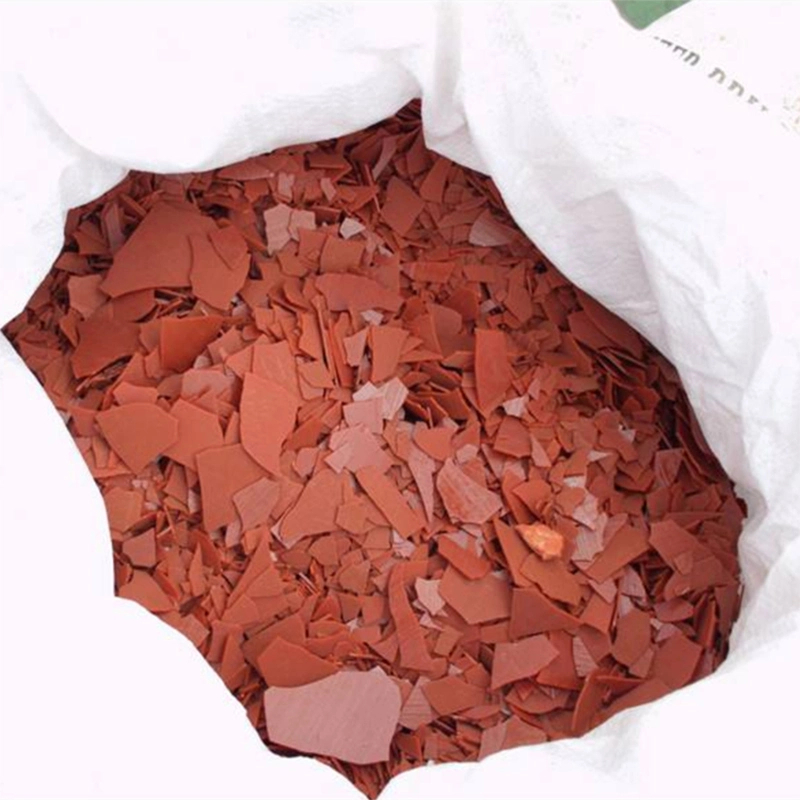



Understanding the pH Level of 0.001 M Sodium Hydroxide Solution
Understanding the pH of 0.001 M NaOH Solution
The pH of a solution is an important property that indicates its acidity or basicity. It is measured on a scale that typically ranges from 0 to 14, with lower values indicating acidic solutions and higher values indicating basic (alkaline) solutions. A neutral pH is defined as 7, which is the pH of pure water at 25°C. In this article, we will explore the pH of a 0.001 M solution of sodium hydroxide (NaOH), a common strong base used in various chemical applications.
What is Sodium Hydroxide?
Sodium hydroxide, commonly known as lye or caustic soda, is an inorganic compound with the formula NaOH. It is a strong base that completely dissociates in aqueous solution into sodium ions (Na⁺) and hydroxide ions (OH⁻). Due to this complete dissociation, NaOH is regarded as a strong electrolyte and is widely used in industries for purposes like pH regulation, soap making, and as a drain cleaner.
Calculating the pH of 0.001 M NaOH
To determine the pH of a 0.001 M NaOH solution, we first need to calculate the concentration of hydroxide ions (OH⁻) in the solution. Since NaOH fully dissociates in water, the concentration of hydroxide ions is equal to the concentration of the NaOH solution. Therefore, the concentration of OH⁻ in a 0.001 M NaOH solution is also 0.001 M.
Next, we can use the formula to calculate the pOH of the solution
\[ \text{pOH} = -\log[\text{OH}⁻] \]
Substituting the concentration of hydroxide ions into the formula
\[ \text{pOH} = -\log(0.001) = 3 \]
Since the pH and pOH of a solution are related by the equation
ph of 0.001 m naoh

\[ \text{pH} + \text{pOH} = 14 \]
we can now find the pH of the 0.001 M NaOH solution
\[ \text{pH} = 14 - \text{pOH} = 14 - 3 = 11 \]
Thus, the pH of a 0.001 M NaOH solution is 11.
Implications of pH 11
A pH of 11 indicates that the solution is strongly basic. This level of alkalinity suggests that the solution can significantly alter the pH of environments it interacts with, such as biological tissues or local aqueous systems. It is important to handle 0.001 M NaOH and other strong bases with care, as they can cause chemical burns and should not come into contact with skin or eyes.
Applications of Sodium Hydroxide Solutions
Sodium hydroxide finds its applications in numerous fields due to its strong basic nature. In laboratories, it is often used in titrations to determine the concentration of acids. In the manufacturing industry, it is crucial for producing various products such as paper, textiles, and detergents. Furthermore, in water treatment processes, NaOH is employed to neutralize acidic waters and adjust pH levels.
Conclusion
The pH of a 0.001 M NaOH solution is calculated to be 11, categorizing it as a basic solution. Understanding the pH and properties of sodium hydroxide is integral to its safe and effective use across different applications. Whether in an educational laboratory or an industrial setting, knowledge of such chemical characteristics remains crucial for practitioners in the field. With this understanding, one can appropriately manage the interactions and consequences of using strong bases like sodium hydroxide in various settings.
-
Why Sodium Persulfate Is Everywhere NowNewsJul.07,2025
-
Why Polyacrylamide Is in High DemandNewsJul.07,2025
-
Understanding Paint Chemicals and Their ApplicationsNewsJul.07,2025
-
Smart Use Of Mining ChemicalsNewsJul.07,2025
-
Practical Uses of Potassium MonopersulfateNewsJul.07,2025
-
Agrochemicals In Real FarmingNewsJul.07,2025
-
Sodium Chlorite Hot UsesNewsJul.01,2025










